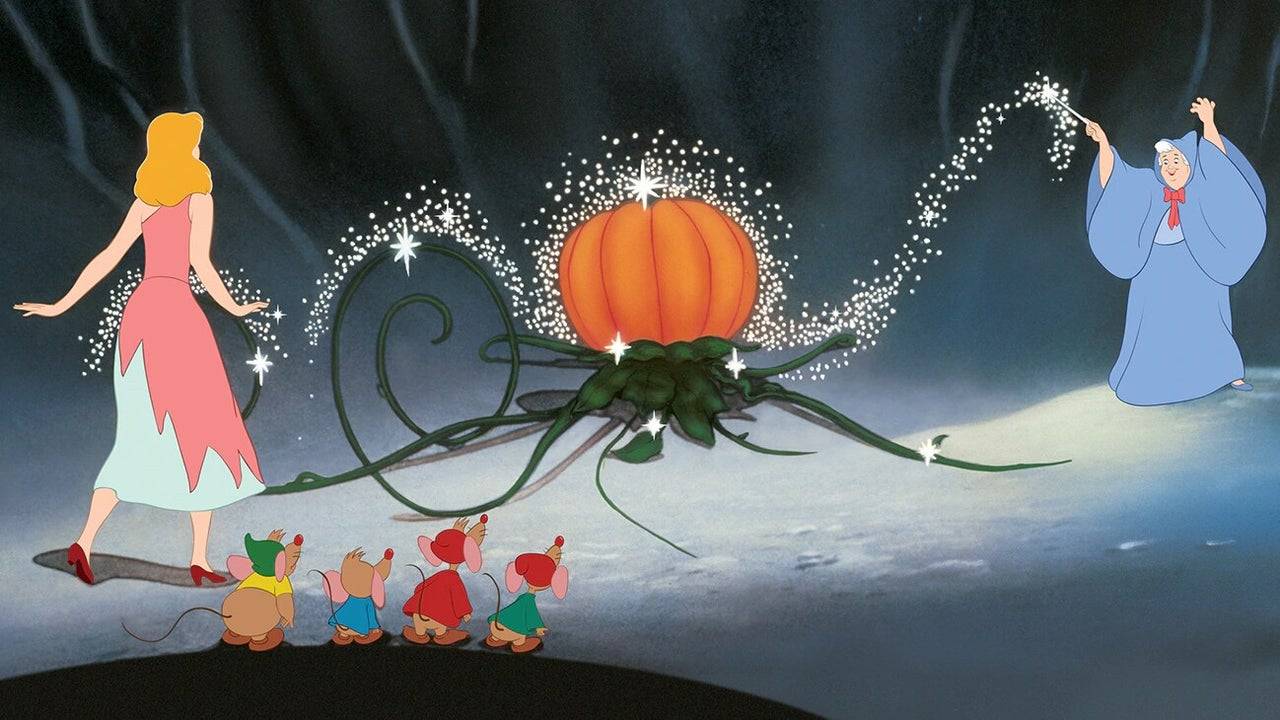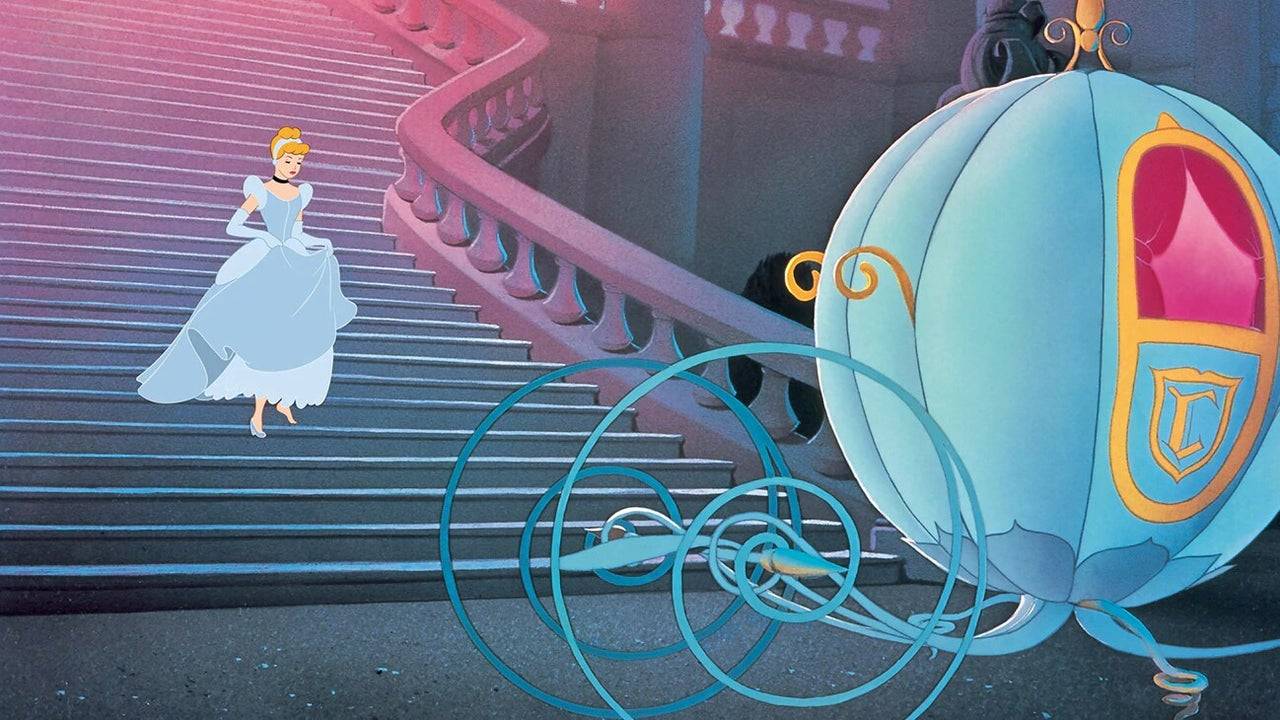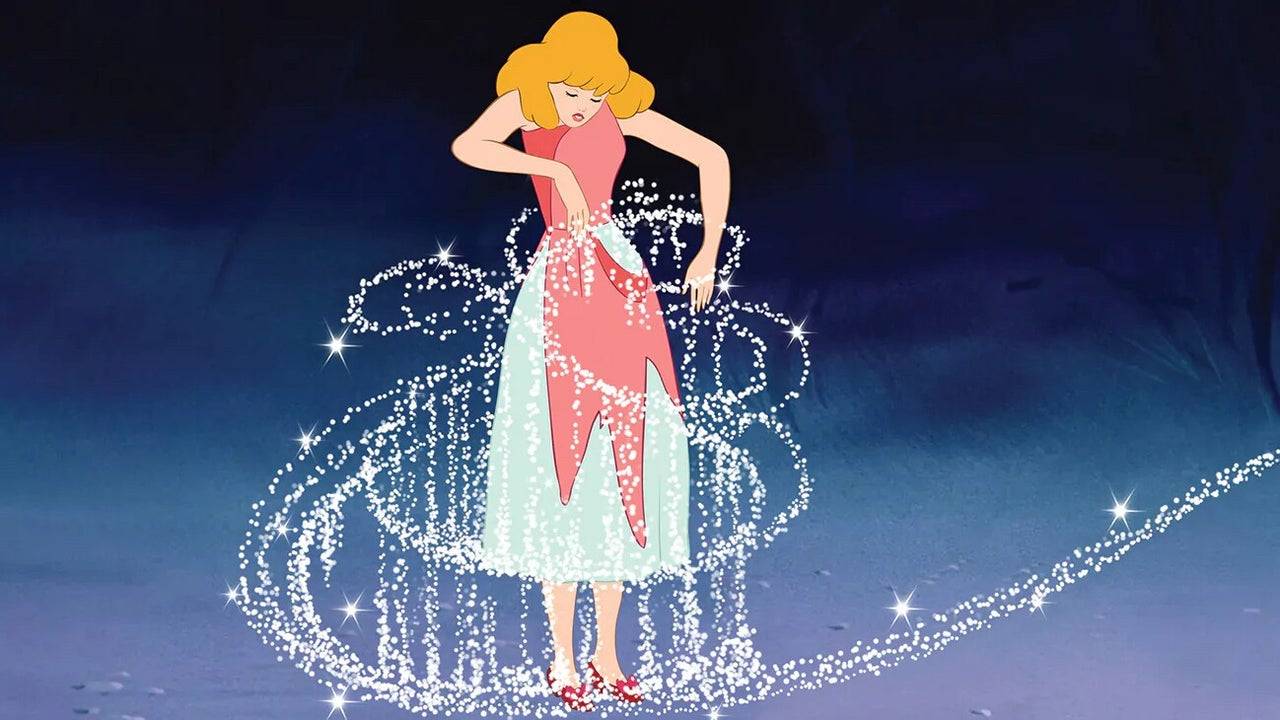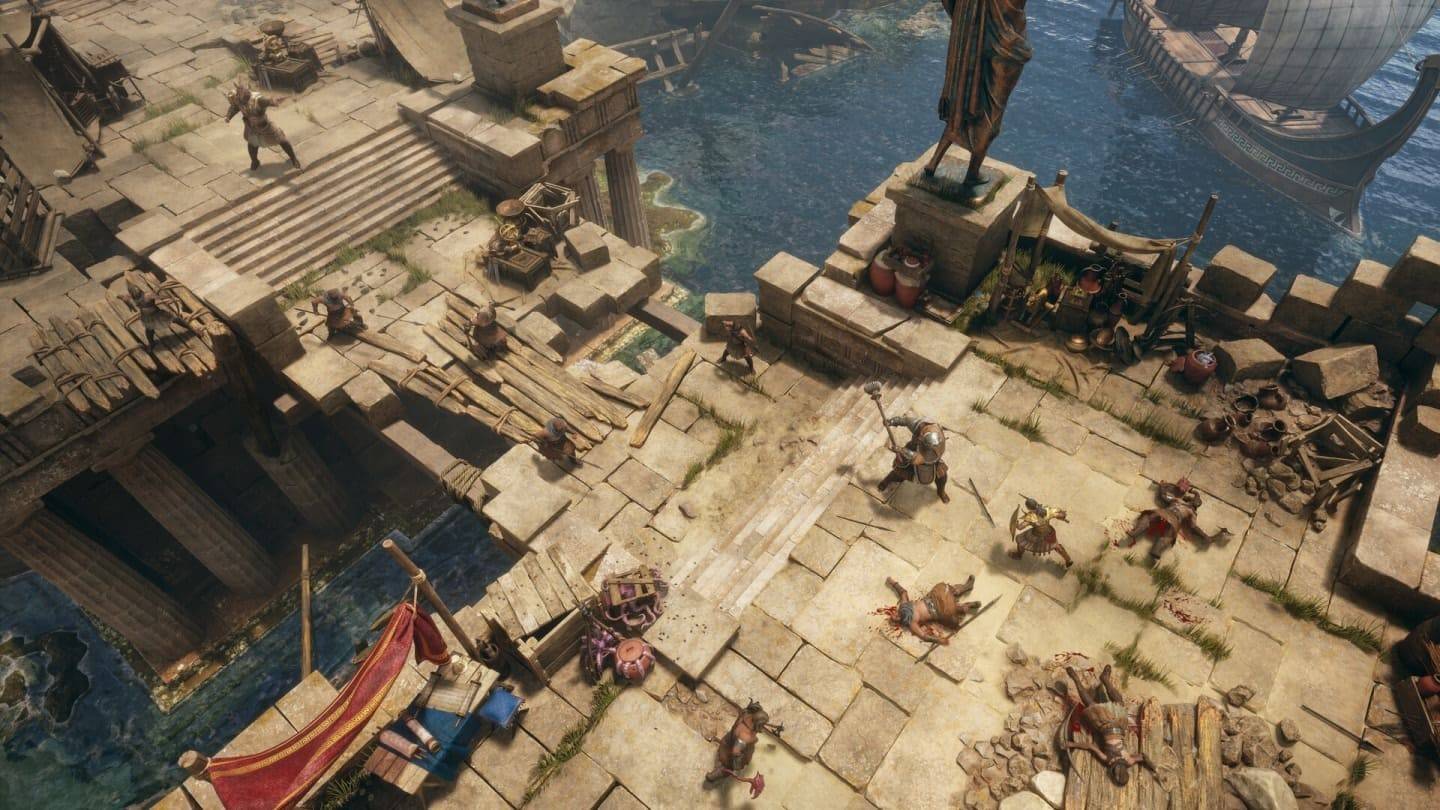In 1947, The Walt Disney Company faced a dire financial crisis, burdened by roughly $4 million in debt following the underperformance of *Pinocchio*, *Fantasia*, and *Bambi*. World War II and other factors had severely impacted the studio's European markets and profitability. However, the release of *Cinderella* in 1950 proved to be a pivotal moment, rescuing the company from potential ruin and solidifying its legacy.
As *Cinderella* celebrates its 75th anniversary, we reflect on its impact, a story that remarkably mirrors Walt Disney's own journey. It not only revitalized the studio but also offered a beacon of hope to a world rebuilding itself after the war.
The Right Film at the Right TimeDisney's success began with 1937's *Snow White and the Seven Dwarfs*. Its phenomenal success allowed the studio to build its Burbank headquarters and embark on ambitious feature-length animation projects. However, subsequent films like *Pinocchio* (despite critical acclaim and awards), *Fantasia*, and *Bambi* underperformed, significantly increasing the studio's debt. This downturn was largely attributed to the disruption caused by World War II, which severely limited European distribution.
“Disney's European markets dried up during the war, impacting releases like *Pinocchio* and *Bambi*, ” explains Eric Goldberg, co-director of *Pocahontas* and lead animator on *Aladdin’s* Genie. “The studio was also involved in creating training and propaganda films for the military. Throughout the 1940s, they produced 'Package Films'—collections of short cartoons compiled into feature-length releases. While these were successful financially, they weren't the narrative-driven features the studio was known for.”

These "Package Films," including *Saludos Amigos* and *The Three Caballeros* (part of the U.S. Good Neighbor Policy), helped alleviate the financial strain, but they couldn't replace the studio's core strength: full-length animated stories. Walt Disney himself expressed his desire to return to feature-length animation, recognizing the need for substantial investment and time.
Faced with the possibility of selling his shares and leaving the company, Walt and his brother Roy O. Disney took a considerable risk, committing to *Cinderella* as the studio's next major animated feature. Its failure could have meant the end of Disney's animation studio.
“Walt understood the American need for hope and joy after the war,” says Tori Cranner, Art Collections Manager at the Walt Disney Animation Research Library. “While *Pinocchio* is beautiful, it lacks the joyful spirit of *Cinderella*. The world needed a story of triumph and beauty emerging from adversity. *Cinderella* was the perfect choice.”
Cinderella and Disney’s Rags to Riches Tale
Walt Disney's fascination with *Cinderella* dated back to 1922, when he created a short film during his time at Laugh-O-Gram Studios. The story, adapted from Charles Perrault's classic tale, resonated with Walt's own experiences, reflecting a rags-to-riches narrative of dreams and perseverance.

Walt described the difference between *Snow White* and *Cinderella*: “Snow White believed in wishing and waiting, while Cinderella believed in dreams *and* taking action. She didn't wait for Prince Charming; she went to the palace to find him.”
Cinderella's strength and determination mirrored Walt's own journey, filled with challenges and setbacks yet driven by an unwavering dream and relentless work ethic. After an earlier attempt at a *Cinderella* Silly Symphony short in 1933, the project evolved into a feature-length film, finally debuting in 1950 after years of development and the war's delays.
Disney's success with *Cinderella* stemmed from his ability to adapt classic fairy tales, imbuing them with his unique vision and universal appeal. Goldberg explains: “Disney modernized these tales, making them palatable for all audiences. He added his heart and passion, making the characters and story even more engaging.”
The addition of Cinderella's animal companions, the bumbling Fairy Godmother (a departure from previous versions), and the iconic transformation scene all contributed to the film's success. The meticulous animation of the transformation, particularly the hand-drawn sparkles, remains a testament to Disney's dedication to artistry and detail.
The broken glass slipper, a unique addition to the Disney version, underscores Cinderella's strength and resourcefulness. Goldberg highlights Cinderella's agency: “She's not a passive protagonist. She has personality and strength. Breaking the slipper and presenting the other one demonstrates her control and power.”
*Cinderella*'s premiere in February 1950, followed by its wide release in March, was a resounding triumph. It grossed $7 million against a $2.2 million budget, becoming a critical and commercial success, restoring Disney's reputation and setting the stage for future animated classics.
“Critics praised *Cinderella*, marking Disney's return to form,” Goldberg notes. “The studio regained its momentum, leading to the creation of *Peter Pan*, *Lady and the Tramp*, *Sleeping Beauty*, and many more.”
75 Years Later, Cinderella’s Magic Lives On
The enduring legacy of *Cinderella* is evident in Disney's theme parks and countless films. Her influence can be seen in modern productions, such as *Frozen*, where the transformation scene draws direct inspiration from *Cinderella*'s magic.

Becky Bresee, lead animator on *Frozen 2* and *Wish*, explains the connection: “When animating Elsa's transformation, we wanted a direct link to *Cinderella*. The sparkles and effects are a tribute to her legacy. Even though Elsa is a different character, we honored the impact of *Cinderella* and earlier films.”
In conclusion, *Cinderella* stands as a testament to perseverance, hope, and the power of dreams. It not only saved The Walt Disney Company but also offered a timeless message of hope and inspiration to a world in need of both.















